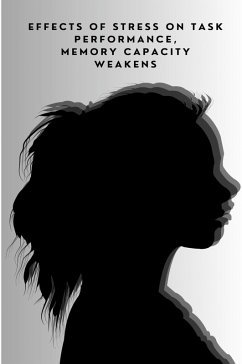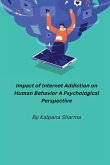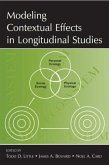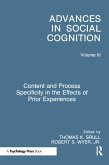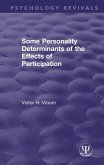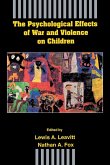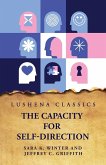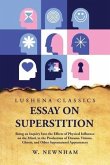Major formulations of stress are presented (Cannon, 1932; Selye, 1951-1956) both to clarify the nature of what has proved to be a familiar but vague construct, and also to provide background to the theoretical context (see Koolhaas et al., 2013, for a review). In Chapter 1, the interplay between stress and Working Memory (WM) is introduced where WM: (a) represents a 'domain-free' or 'domain-general' ability to control attention, (b) is separable from short-term memory (STM), and (c) is an important component of the cognitive architecture most affected by stress (Schoofs, Preuss, & Wolf, 2008; and Wolf & Smeets, 2009). Current immediate-memory theories (e.g., cognitive interference theories; see Eysenck, Derakshan, Santos, & Calvo, 2007) are reviewed in the following chapters, chapters 2 and 3, which represent a robust approach to stress and cognition. The main focus is on anxiety--a form of stress (Mauricio, 2009)--within general populations rather than within anxious ones, and there is an emphasis on individual difference characteristics in anxiety as a disposition or trait, typically assessed by self-report scales of anxiety such as Spielberger's State-Trait Anxiety Inventory.
Bitte wählen Sie Ihr Anliegen aus.
Rechnungen
Retourenschein anfordern
Bestellstatus
Storno

